Introduction
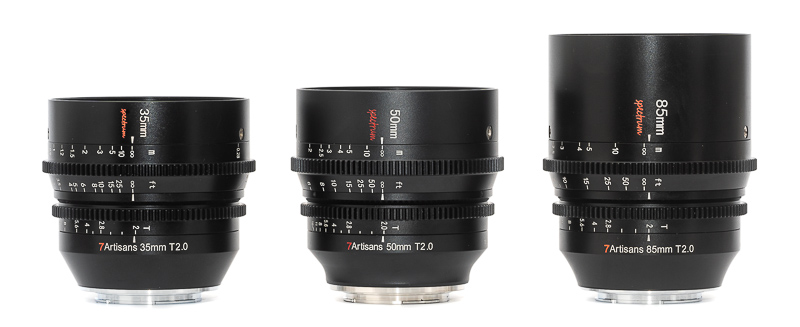
Affordable yet compact cine lenses are a big and interesting market for new lens manufacturers these days, but only few of these lenses cover the whole fullframe area. The guys at 7Artisans decided to enter the market with their Spectrum Cine lens line up consisting of a 35mm, 50mm and 85mm lens, all with a T-Stop of 2.0 and shared mechanics. Let’s have a closer look.
Sample Images


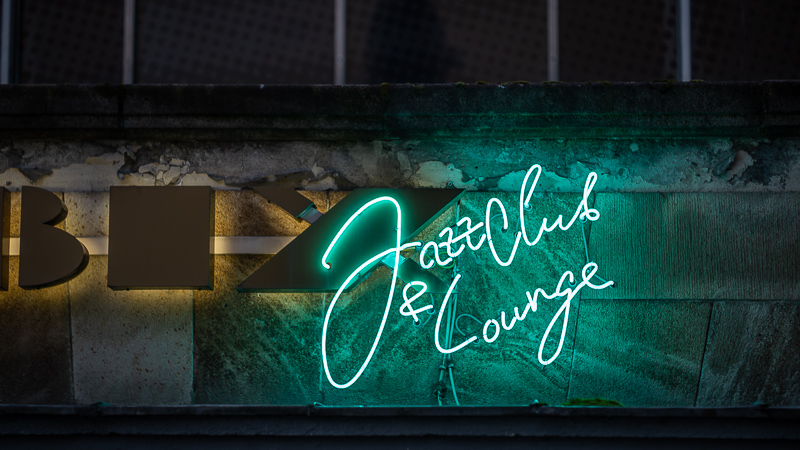



Most of the sample images in this review can be found in full resolution here.
Contents
Disclosure
These three 7Artisans Spectrum Cine lenses have been provided free of charge for reviewing purpose for a few weeks.
Specifications
| 35mm 2.0 | 50mm 2.0 | 85mm 2.0 | |
|---|---|---|---|
| Diameter: | 84mm | 84mm | 84mm |
| Field of view (diagonally): | 64° | 46° | 28.4° |
| Length: | 81mm | 85mm | 105mm |
| Weight: | 643g | 689g | 837g |
| Filter Diameter: | 82mm | 82mm | 82mm |
| Number of aperture blades: | 10 (straight) | 12 (rounded) | 10 (straight) |
| Elements/Groups: | 9/7 | 6/5 | 9/8 |
| Close focusing distance: | 0.28m | 0.48m | 0.79m |
| Max. magnification: | 1:5.3 | 1:7.9 | 1:7.4 |
You can buy thes lenses from amazon.com/amazon.de | ebay.com/ebay.de | B&H for $419/379/459 and 479/379/549€ respectively (affiliate links)
Handling / Build Quality
At first sight all threee lenses look the same and there are indeed many similarities: the long focus throw of all lenses is 270°, they share the same filter diameter of 82mm, focus and aperture rings are in the same positions.
But there are also a few notable differences: all aperture rings have slighly different steppings, f/11 for example needs less rotation on the 50mm compared to the other two lenses.
While 35 and 85mm both use 10 straight aperture blades the 50mm uses 12 rounded ones.
The resistance of the focus ring is very similar across all three lenses, but the aperture ring is stiffest on the 85, softest on the 35 and the 50 is inbetween.
The 85mm is a fancy internal focus design, the other two are simple unit focus designs.
The mechanical quality feels good, but after having used these lenses for only a short time, I cannot tell you anything about their long term durability.
Also don’t be fooled by the big casings, the lens elements are not bigger than those of typical still lenses with similar specifications:
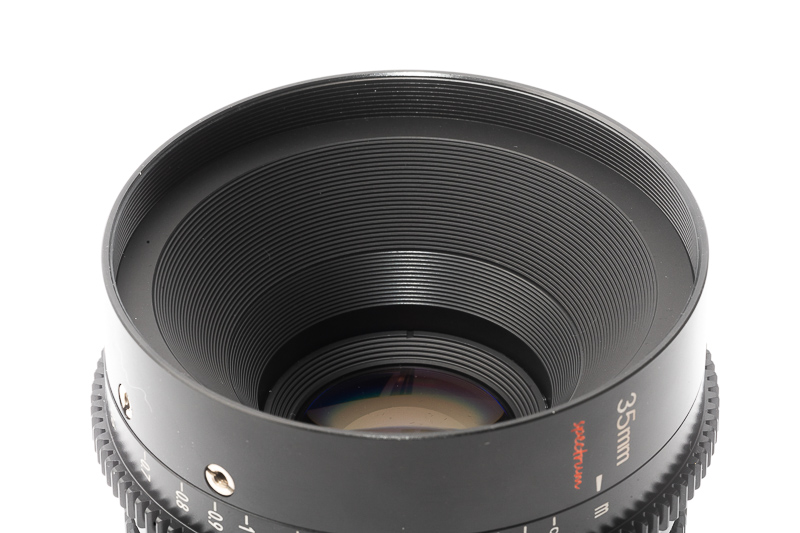
The 85mm’s aperture ring also has an issue: between T2.0 and ~T2.3 it has no effect. The difference in opening between T2.0 and T2.8 is roughly what is to be expected though, so this seems to be a purely mechanical issue.
All lenses focus a bit behind infinity and true infinity was never right at the mark. As I know some professional cine lenses come with shims to calibrate this hard infinity focus stop, but this isn’t the case here.
Focus Breathing
As said before the 35mm and 50mm are both traditional unit focus designs, so focus breathing was expected. I thought the 85mm may behave differently due to being an internal focus design, but the amount of breathing is the same as in a unit focus 85mm lens (I compared it to the Zeiss Loxia 85mm 2.4 to verify).
Color Balance
This is not a chapter you usually find in my reviews, but for a set of Cine lenses I find it rather important. When having such a set I would not only expect the focus and aperture rings to be indistiguishable, but also their colour signature.
Unfortunately this is not the case here, as you will see from the following comparison.
What I did here is shooting all 3 lenses with the same white balance value dialed in (when shooting stills I usually use auto white balance). I also shot all 3 lenses side by side under the same light, all set to f/8.0. I cropped the 35mm and 50mm to give the same field of view as the 85mm, so they are more easy for you to compare.
I set the white balance using the 85mm, so this looks most neutral. The 50mm has a slight magenta teint compared to the 85 whereas the 35mm has a huge green hue.
So quickly changing between these 3 lenses may work from a mechanical point of view, but if you are looking for the same colour output the white balance setting needs to be adjusted.
Vignetting
light falloff
| 35mm | 50mm | 85mm | |
| T2.0 | 3.1 EV | 2.0 EV | 1.7 EV |
| T2.8 | 2.3 EV | 1.2 EV | 1.0 EV |
| T4.0 | 2.0 EV | 0.6 EV | 0.7 EV |
| T5.6 | 1.9 EV | 0.5 EV | 0.5 EV |
| T8.0 | 1.8 EV | 0.5 EV | 0.5 EV |
| T11 | 1.8 EV | 0.5 EV | 0.5 EV |
When seeing the big casings of cine lenses many people think the glass elements are also bigger in diameter and that will lead to lower vignetting figures, but usually this is not the case.
Unsurprisingly the 35mm 2.0 shows the highest Vignetting figures, especially stopped down where it is still almost 2 stops. The 50mm and 85mm show noticeably lower vignetting and in both cases it should hardly be a problem even at wider apertures and hardly noticeable from T4.0 onwards.
Generally this is an average performance, similar to still lenses with comparable specifications.
It is recommended to have a look at this article first to get an idea how this brightness graph works.
What is also surprising is the very low vignetting stopped down, by f/5.6 it is hardly noticeable anymore. The only other 50mm lenses I have used that show this little vignetting stopped down are the Samyang 50mm 1.2 XP and the Sigma 50mm 1.4 EX.
optical vignetting
Fast lenses usually show a noticeable amount of optical vignetting. Without going too much into technical details optical vignetting leads to the truncation of light circles towards the borders of the frame.
In the center of the frame almost every lens will render a perfect circle, but only lenses with very low optical vignetting will keep this shape in the corners.
So in the following comparison we move from the center (left) to the extreme corner (right) and see how the shape of the light circle changes.
There are no real surprises here when it comes to the amount of optical vignetting and none of the lenses is making use of aspherical elements, so onion rings are not an issue either.
The different aperture constructions are very noticeable when stopping the lenses down to T2.8 though: the 50mm uses 12 rounded aperture blades, so the highlights are mostly round at T2.8, the 35mm uses 10 mostly straight blades leading to more edgy highlights and the 85mm uses very “sharp”, Loxia-like aperture blades, leading to obvious decagons.
Dealing with a set of Cine lenses, I would have hoped for more consistency here.
The lines running through the circles are due to the glass I used as a mirror to take these pictures and are not a feature of the lens.
I used the following distances: 0.5m for the 35mm, 0.7m for the 50mm and 1.1m for the 85mm. Results may vary at other distances.
Sharpness
infinity (42mp Sony A7rII)
As far as I know none of these lenses is using aspherical elements, so amazing across frame sharpness at their maximum aperture should not be expected.
The 35mm shows the best corners at wider apertures but also has a noticeable midzone dip until stopping down to T8.0.
The 50mm actually reminds me a bit of the TTArtisan 50mm 2.0 FE pancake here: midframe looks good from T4.0 but corners benefit from stopping down to T11.
The 85mm is a bit of a negative surprise, as the corners also need T11 to look good. Usually this is not a category where 85mm lenses struggle, not even cheaper ones like the Viltrox 85mm 1.8 AF.
Being the only lens with an internal focus design among these three it might also be harder to manufacture or more prone to a change in flange focal distance than the other two.
For cine usage it should also be considered that hardly anyone films in 3:2, but usually 16:9 and in that case the performance in the extreme corners is hardly relevant. Furthermore we usually deal with much lower resolutions.
Personally, I think for something like 4k in 16:9 the performance in this category will be sufficient, but it is certainly no match when compared to (way) more expensive cine lenses.
portrait distance (42mp Sony A7rII)
For portraiture it isn’t so important how flat the field is, it is more interesting to see what the sharpness is like when focused at different parts of the frame to take field curvature out of the equation.
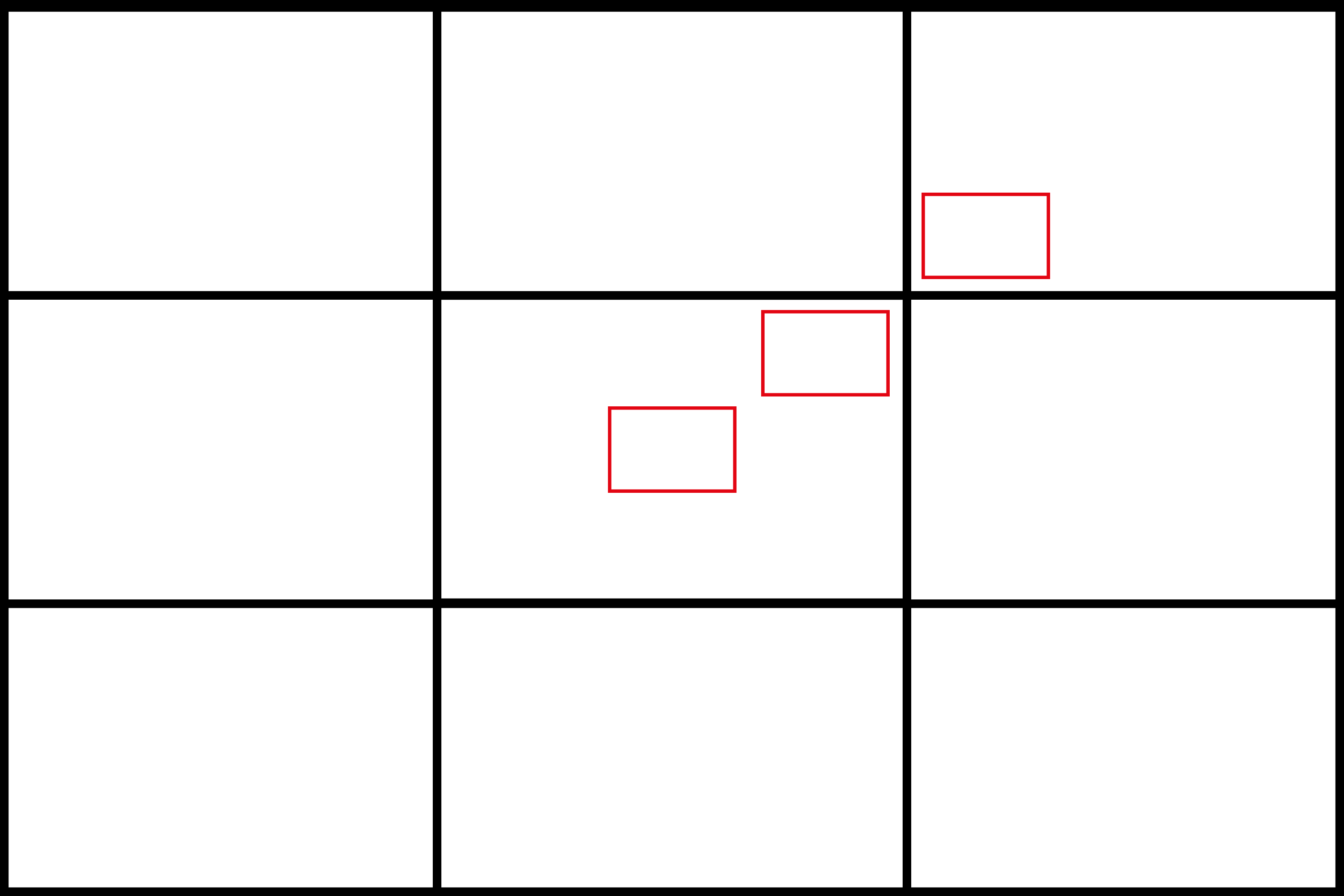
The 35mm was set to 1.0m focus distance, the 50mm to 1.4m and the 85mm to 2.3m.
Center | Inner Midframe | Outer Midframe
At typical portrait distances the 85mm is the contrastiest of the three, at least in the center and midframe.
The 50mm is less contrasty, but it doesn’t really matter where you place your subject, the performance is very even across the frame.
The 35mm is the weakest of the bunch, if you place your subject in the outer midframe area it might be advisable to stop the lens down a bit.
Again there are two things we should consider: the high resolution of the A7rII compared to 4k and the more typical 16:9 aspect ratio for video. The latter makes it rather unlikely that the subject will be placed close to what I showed as outer midframe area here.
Flare and Sunstars
I have the feeling in the videography world lens flares are more often used for artistic purposes, so I tried to show you what the lens flares typically look like with these three lenses.
The 35mm shows a very obvious purple/blue streak around strong point light sources. With the 50mm there is only a very small purple/green streak and with the 85mm only a small dot.
Despite the recessed front element stray light can be an issue though, so it might be necessary to shade the lens in certain situations.
All three lenses also create rather obvious sunstars stopped down, but keep in mind the 50mm will produce 12 streaks whereas it is 10 streaks for the other two.
Distortion
All three lenses show a low amount of distortion. The 35mm was a surprise, as it has the lowest distortion. In the sample pictures it was hardly noticeable, so a correction usually isn’t even necessary.
The 50mm shows a noticeable amount of barrel distortion, here I often felt the need to correct it.
The 85mm sits inbetween with a small amount of pincushion distortion.
Bokeh
35mm

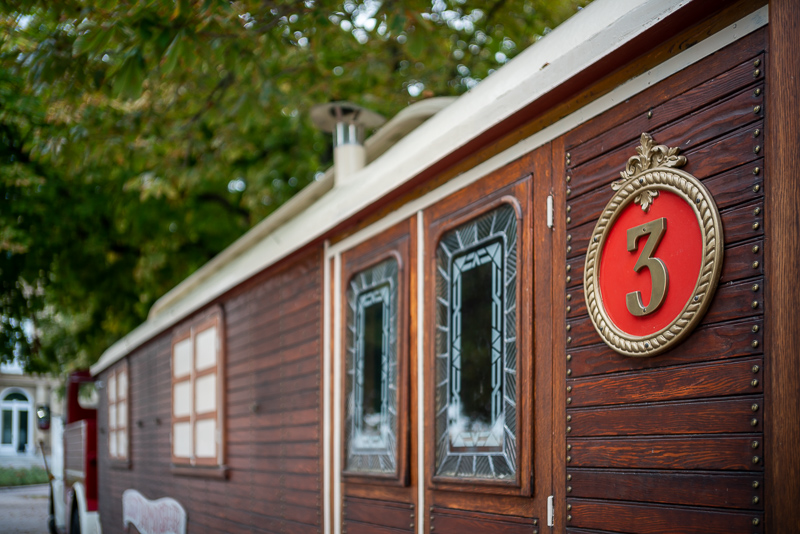
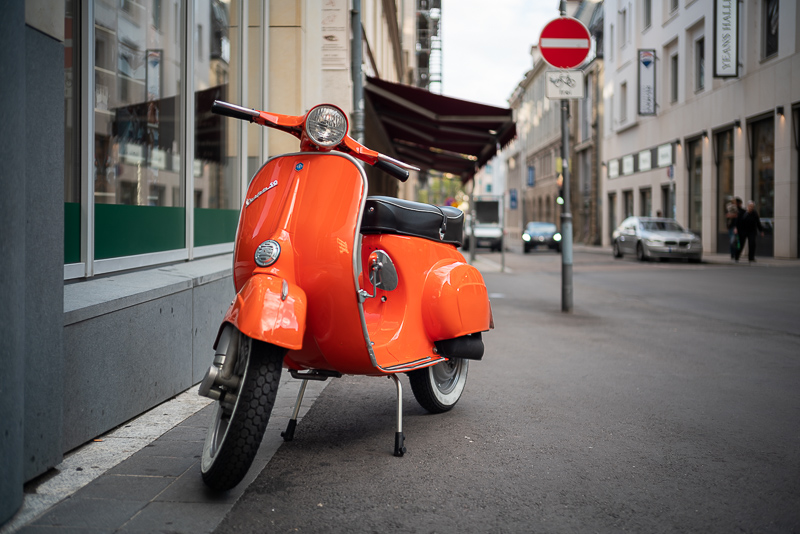
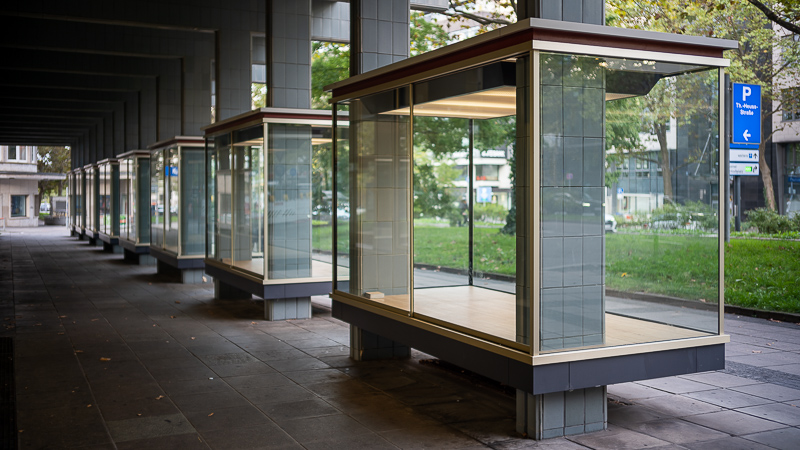
A T-Stop of 2.0, which should amount to something like f/1.8, is unlikely to yield spectacularly blurry backgrounds at longer focus distances when it comes to a 35mm lens.
At close to mid distances the bokeh rendering looks okay to me, but at longer focus distances the corner and border regions get a bit messy as I see strong astigmatism and field curvature. I am not a fan of this, but I guess these days there are also people around looking for a more “classic” rendering, who might be happy with this.
50mm

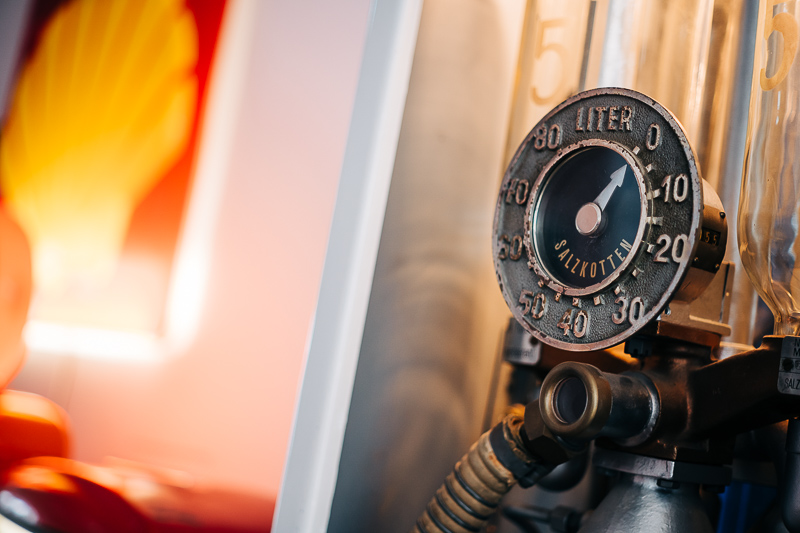
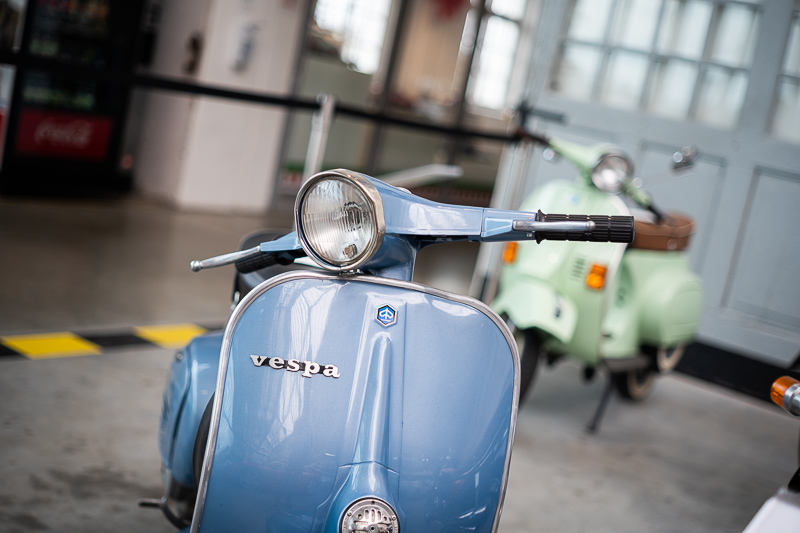
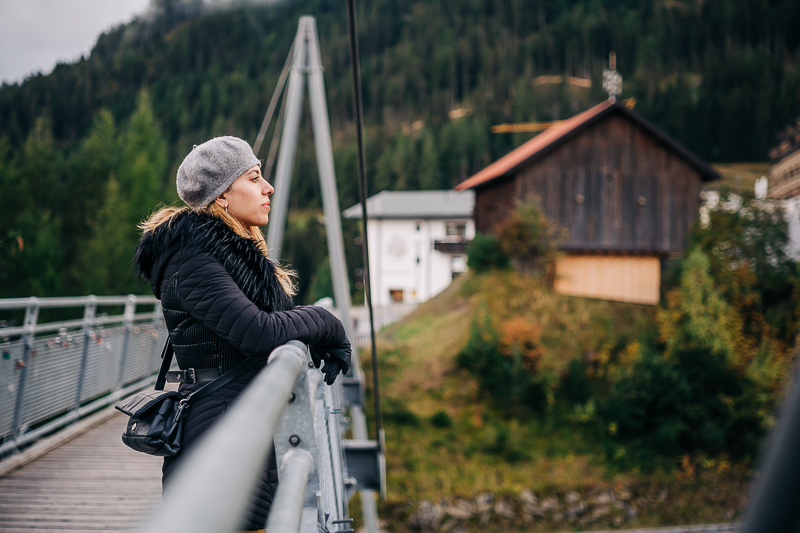
The 50mm has a bokeh very typical of what you are used to from legacy SLR 50mm f/1.8 lenses, of which we have reviewed many here. It has a tendency to show outlining and double edged structures – especially at longer focus distances – and bokeh fringing is also present, so you will often spot green outlining in the background around contrasty edges.
Still, contrast and resolution are good at focus point from T2.0, so the subject separation is not bad.
85mm
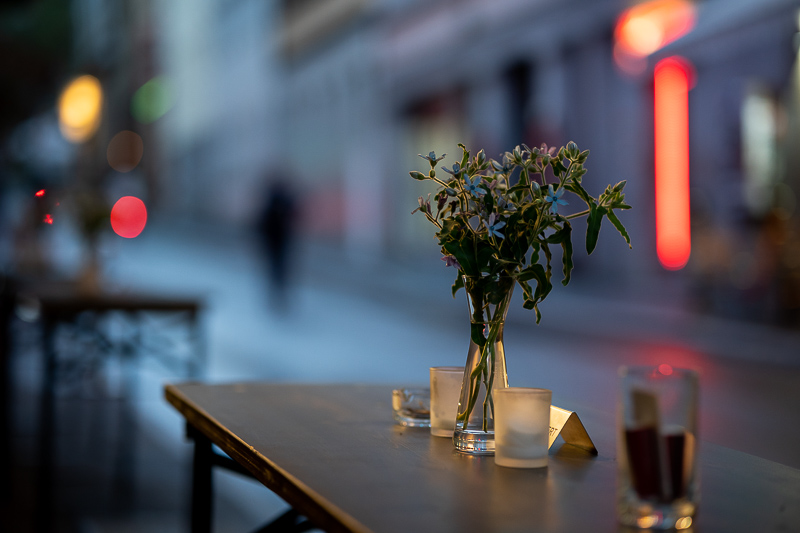

In this category the 85mm lens is my favorite of the three, but that shouldn’t come as such a big surprise, I have to think hard to come up with a fast 85mm lens with really bad bokeh rendering.
The bokeh is generally smooth even at longer distances and highlights are very clean: no outlining, no strong bokeh fringing, no onion rings.


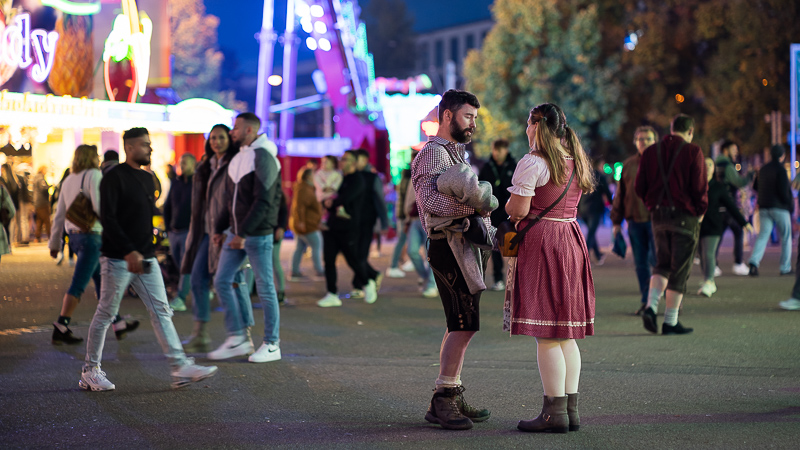
When stopping down the straight aperture blades are very obvious though. Personally I am not a fan of this, as it looks very unnatural to me:
Chromatic aberration
The high amount of spherical aberration at close distances masks the longitudinal CA a bit, so it will be more revealing to see what the performance is like at longer focus distances.
Sony A7III | 7Artisans Cine Spectrum lenses | T2.0
The 85mm is the best performer here, it shows very little bokeh fringing but it does show noticeable purple fringing. The 35mm shows mild bokeh fringing (green outlining in the out of focus areas) but almost not purple fringing.
The 50mm shows the strongest bokeh fringing, comparable to the early Sony ZA fullframe lenses like the 55mm 1.8.
Alternatives
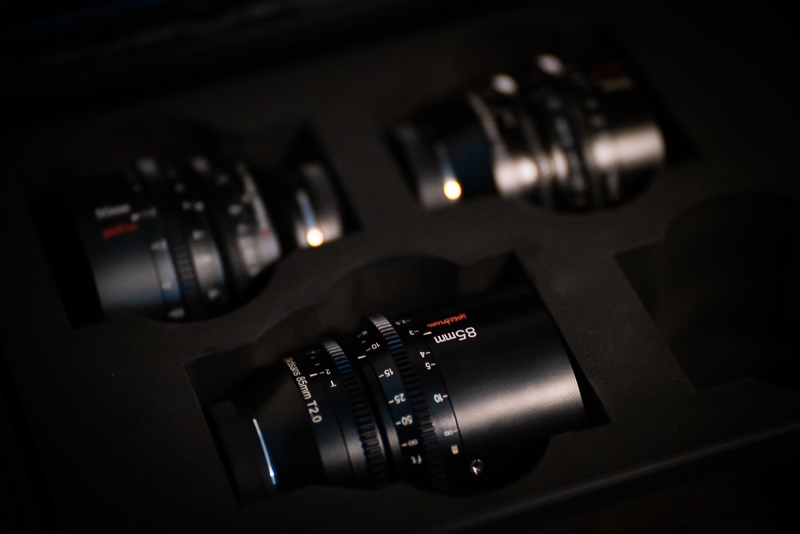
I haven’t reviewed another set of Cine lenses yet, but these days there are plenty to choose from, some manufacturers like Zeiss and Leica even offer several different lines.
These 7Artisans Spectrum lenses have been designed for fullframe mirrorless cameras with a short flange focal distance though, which is why they are more compact than some DSLR based designs, but also why they are not available in the popular PL-mount.
Conclusion
good
|
average
|
not good
|
Keep in mind I am not a videographer, so while I can evaluate these lenses’ optical performance, I cannot tell you much about their video-centric handling performance.
What would you expect of a set of cine lenses? I would expect not only shared gear positions and diameters, but also same aperture diaphragms and especially same color rendition.
When it comes to the focus and aperture rings these expectations are met, but neither for the diaphragms nor the color rendition.
When using a set of lenses for a production I wouldn’t want highlights to sometimes look very edgy (85mm) and sometimes almost round (50mm). And what is the benefit of a set of cine lenses over some random lenses when their color rendition varies significantly?
Looking at the lenses separately the 85mm is the strongest performer in my opinion. Its contrast is higher than that of the other two, bokeh is nice and the minimum focus distance surprisingly generous for an 85mm lens. And it is even an internal focus design.
The 35mm is the weakest. Performance at T2.0 could be a bit better as could be bokeh rendering and vignetting is also on the high side. It shows a very characteristic blue flare, if that is something you are after.
In terms of performance the 50mm sits somewhere in between the other two.
If you are a videographer please consider telling me in the comment section what you think of these lenses.
You can buy thes lenses from amazon.com/amazon.de | ebay.com/ebay.de | B&H for $419/379/459 and 479/379/549€ respectively (affiliate links)
Sample Images
35mm

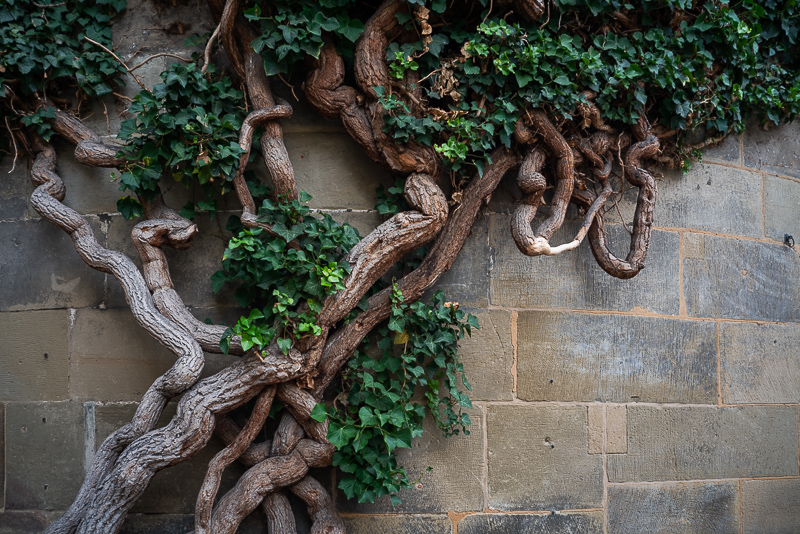
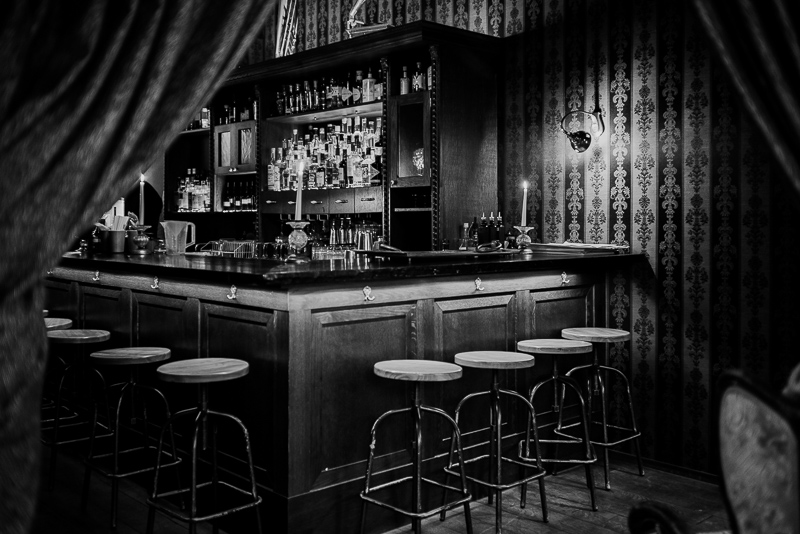
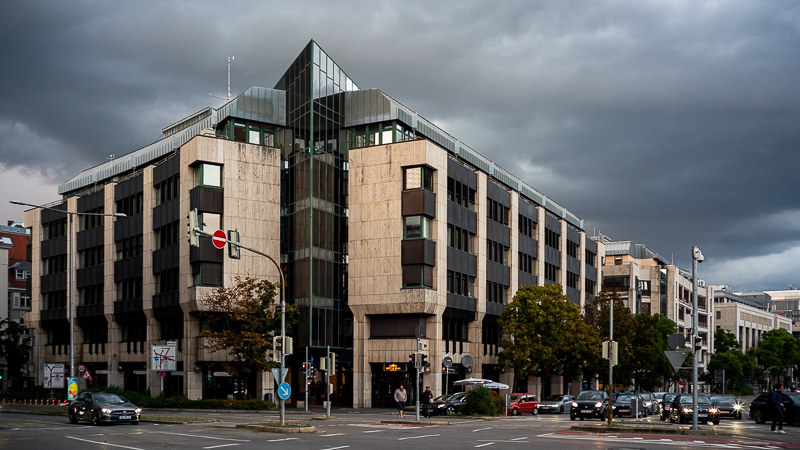
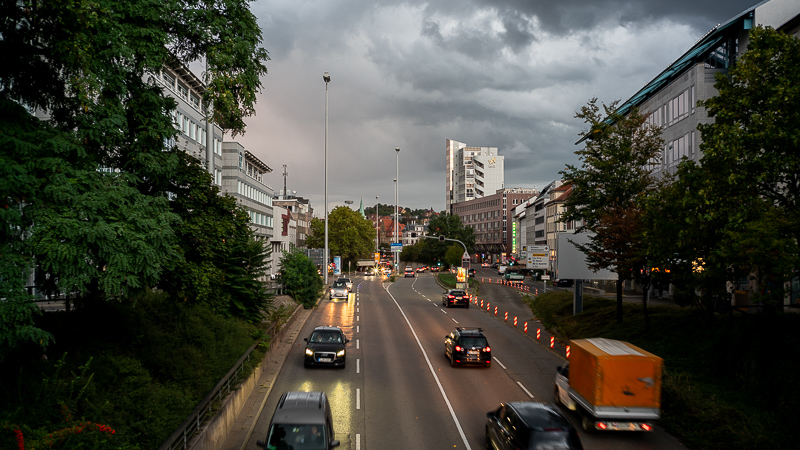
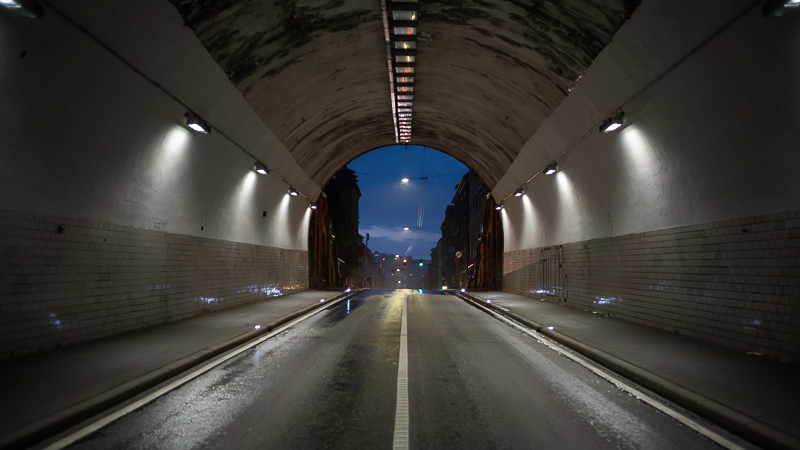
50mm
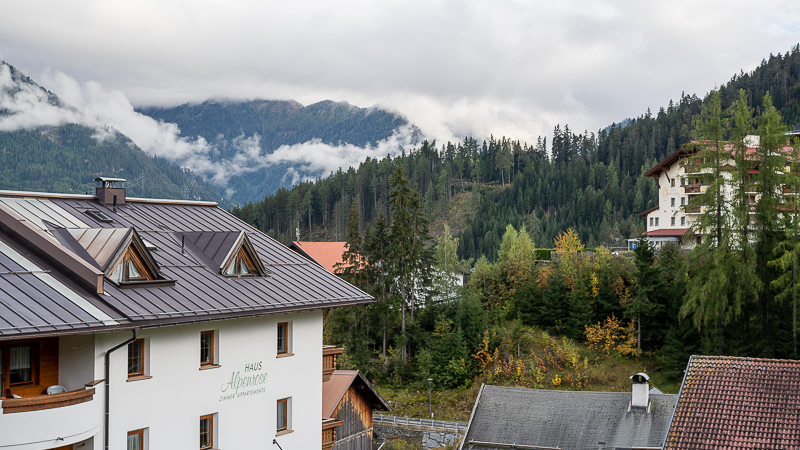
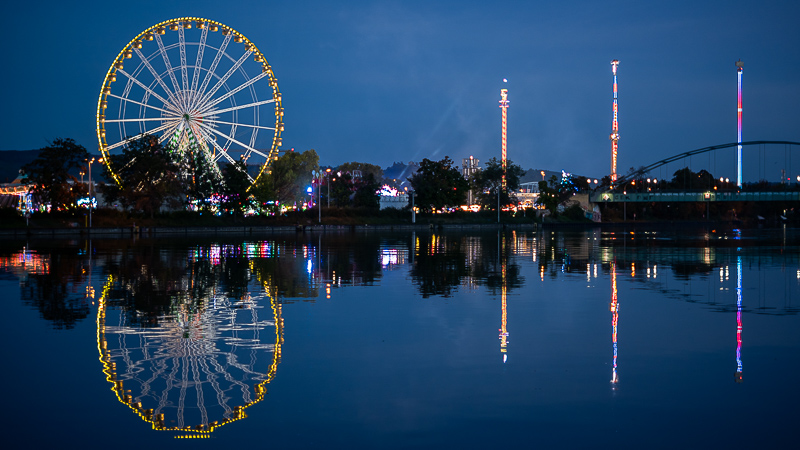
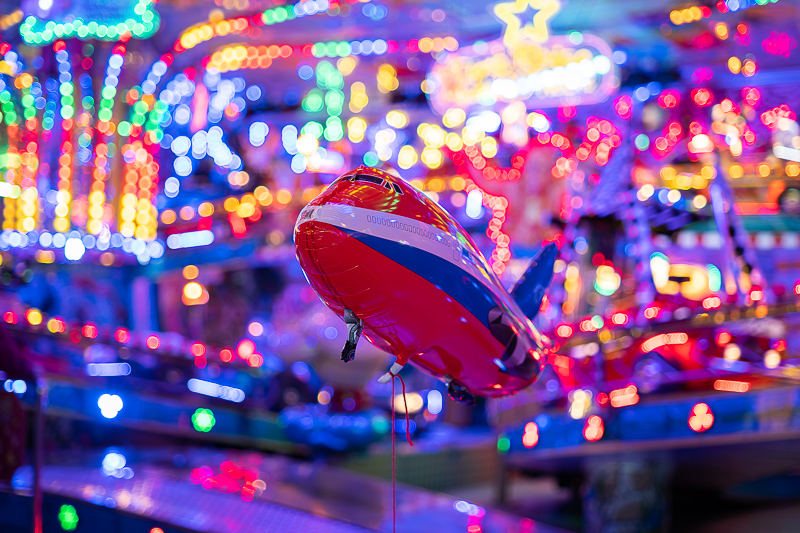
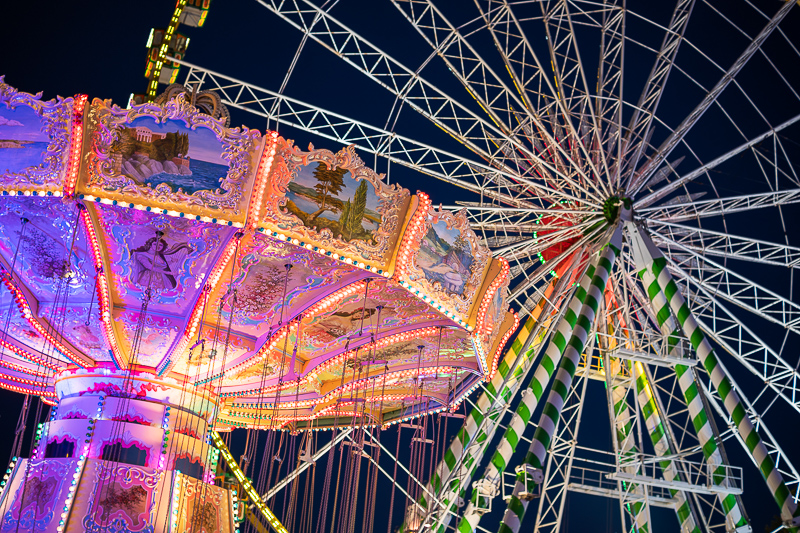
85mm
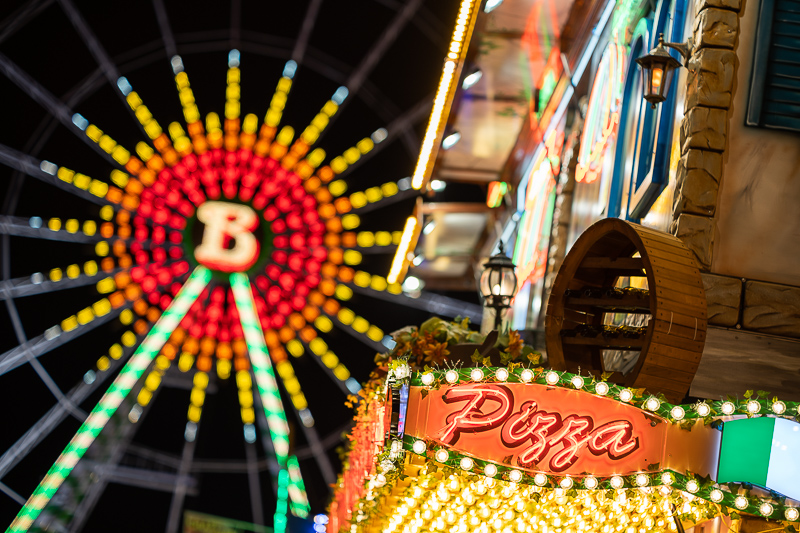

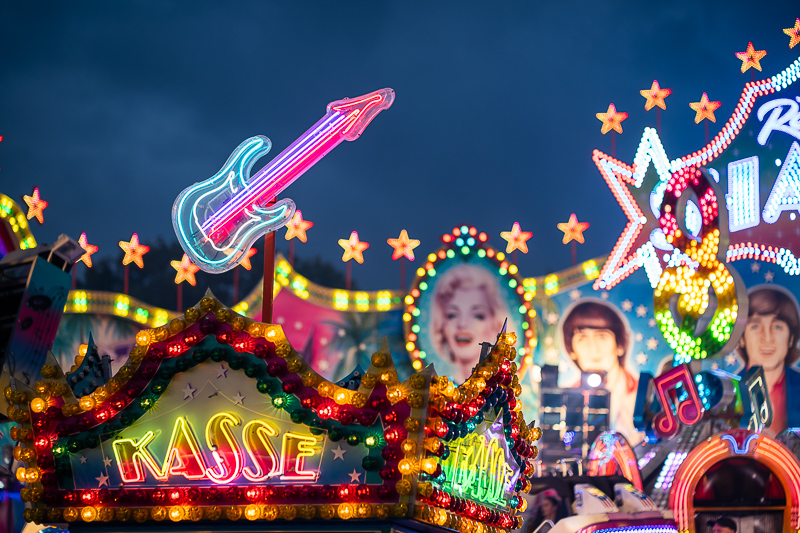

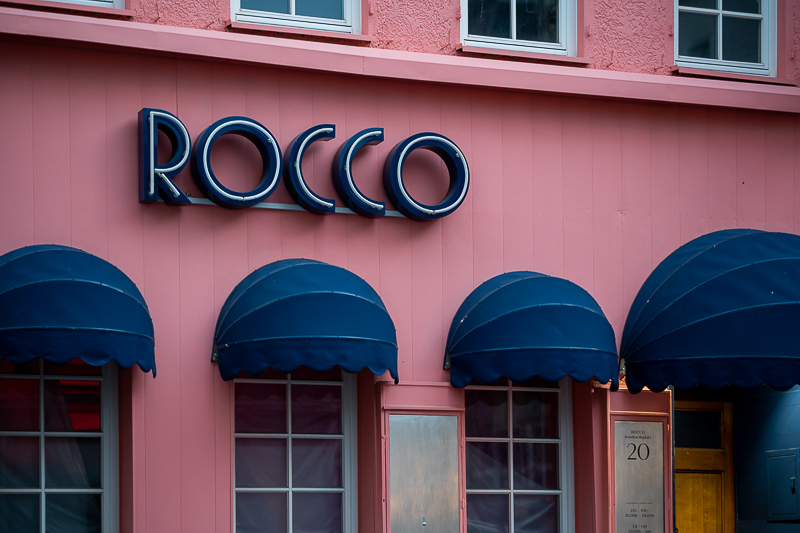

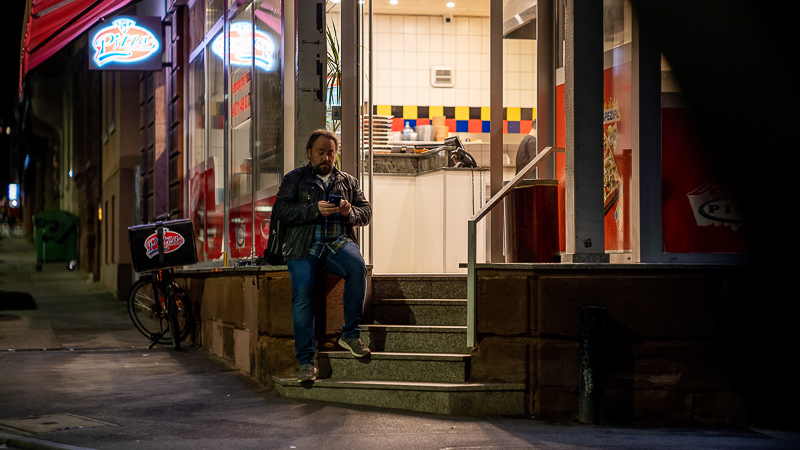
Most of the sample images in this review can be found in full resolution here.
Further Reading
- Sony FE lenses: Our comprehensive and independent guide
- Review: Laowa 9mm 5.6 – The World’s widest lens
- Review: Laowa 35mm 0.95 – The World’s fastest 35mm lens
- Review: Zhong Yi 135mm 1.4
Support Us
Did you find this article useful or just liked reading it? Treat us to a coffee!
![]()
![]()
![]() via Paypal
via Paypal
This site contains affiliate links. If you make a purchase using any of the links marked as affiliate links, I may receive a small commission at no additional cost to you. This helps support the creation of future content.
Latest posts by BastianK (see all)
- Review: Thypoch 21mm 1.4 Simera - July 12, 2025
- Review: SLRmagic 50mm 0.95 Hyperprime LM - July 5, 2025
- Full Resolution Pictures getting fixed - July 4, 2025
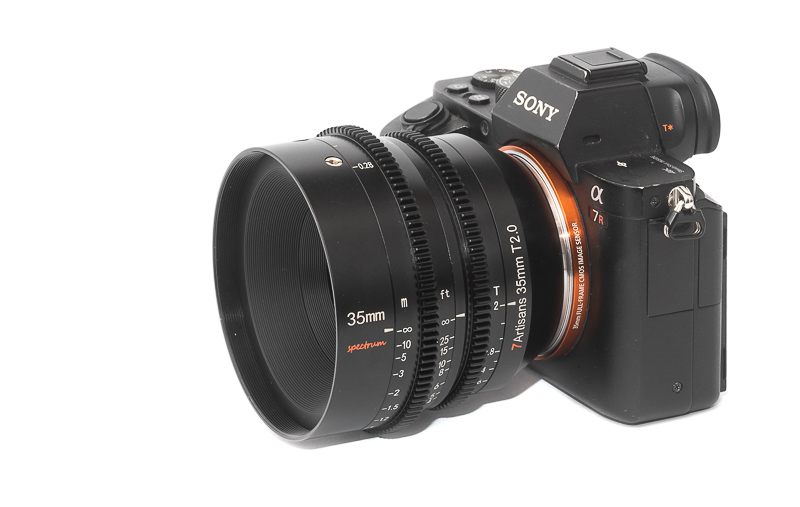
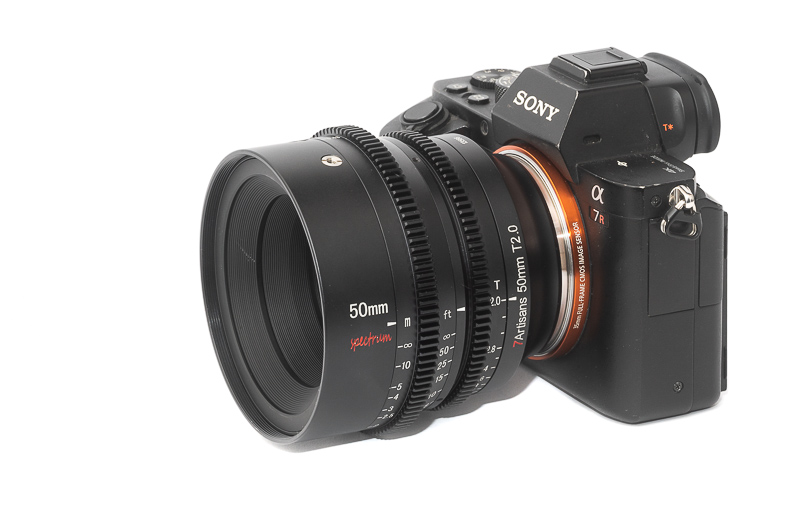
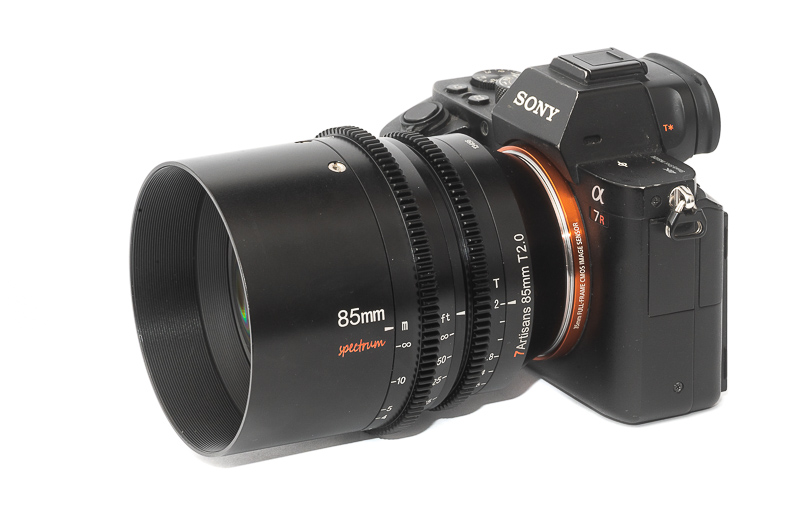
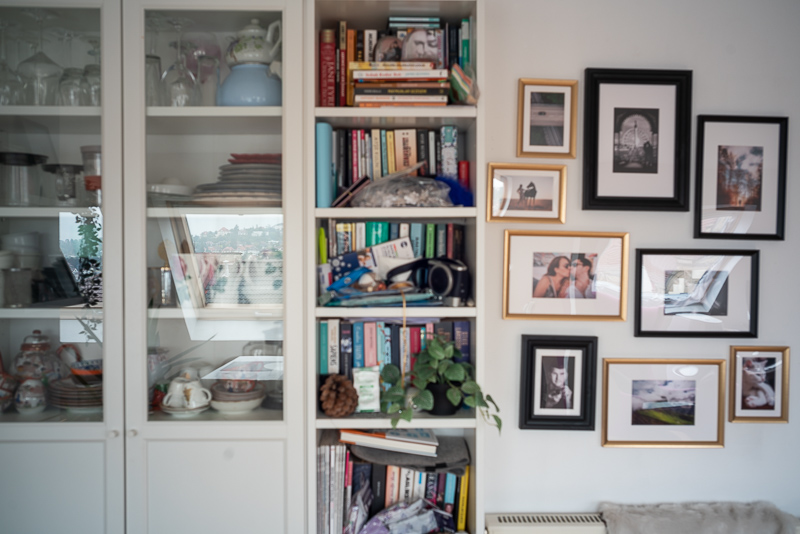





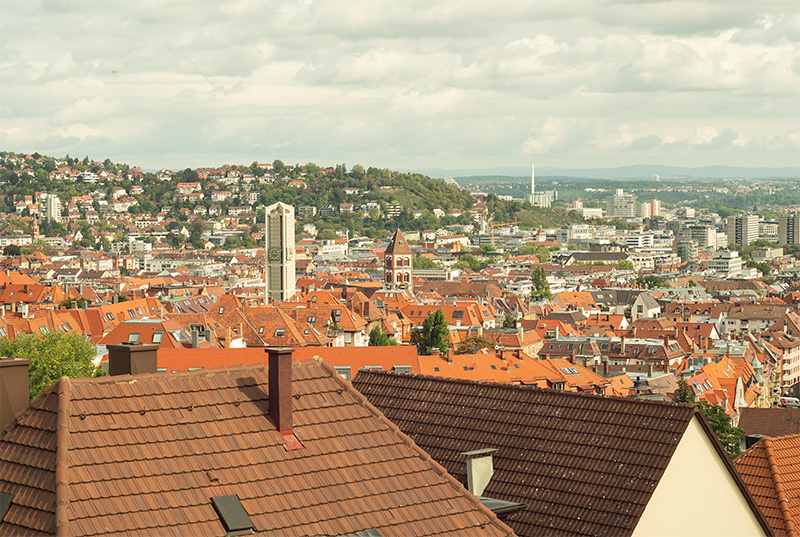

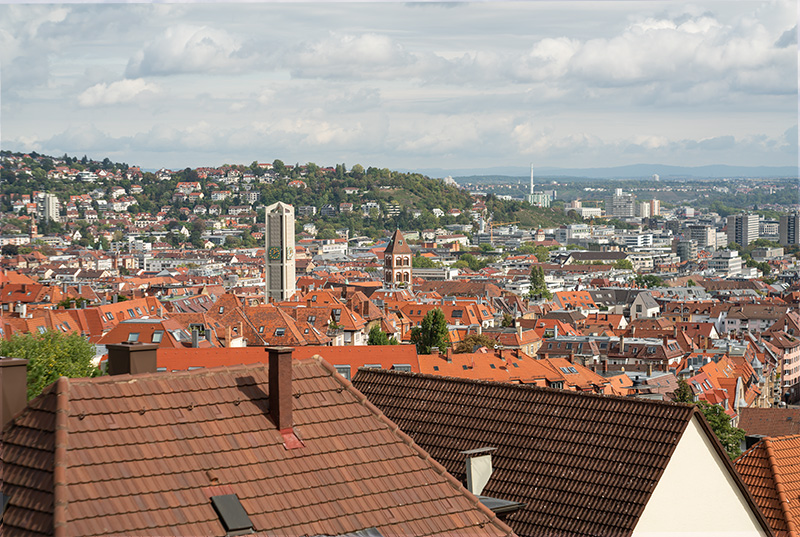

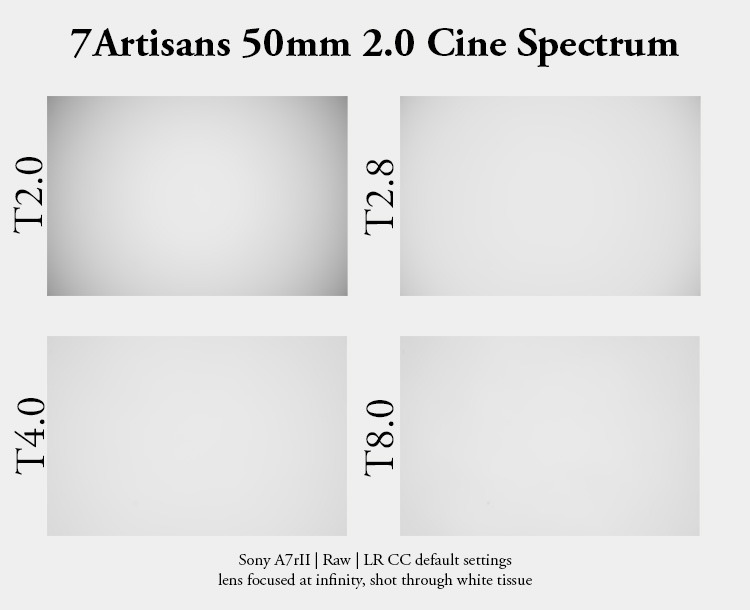
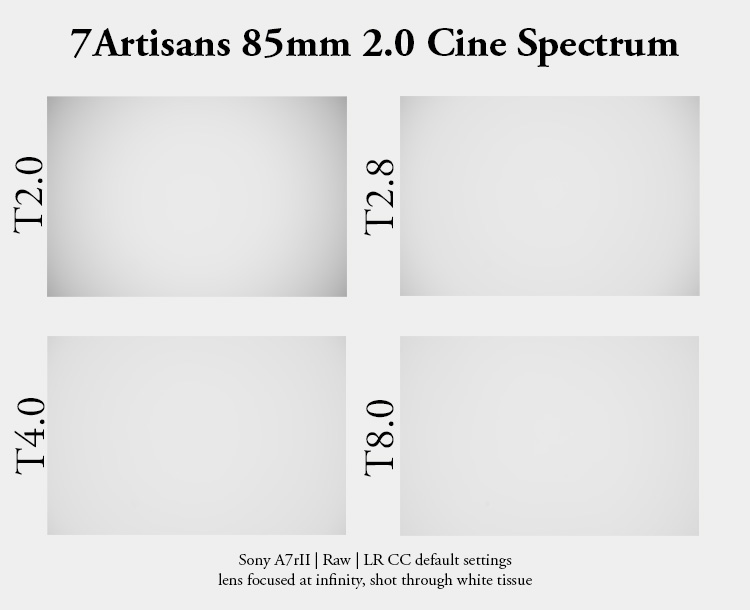
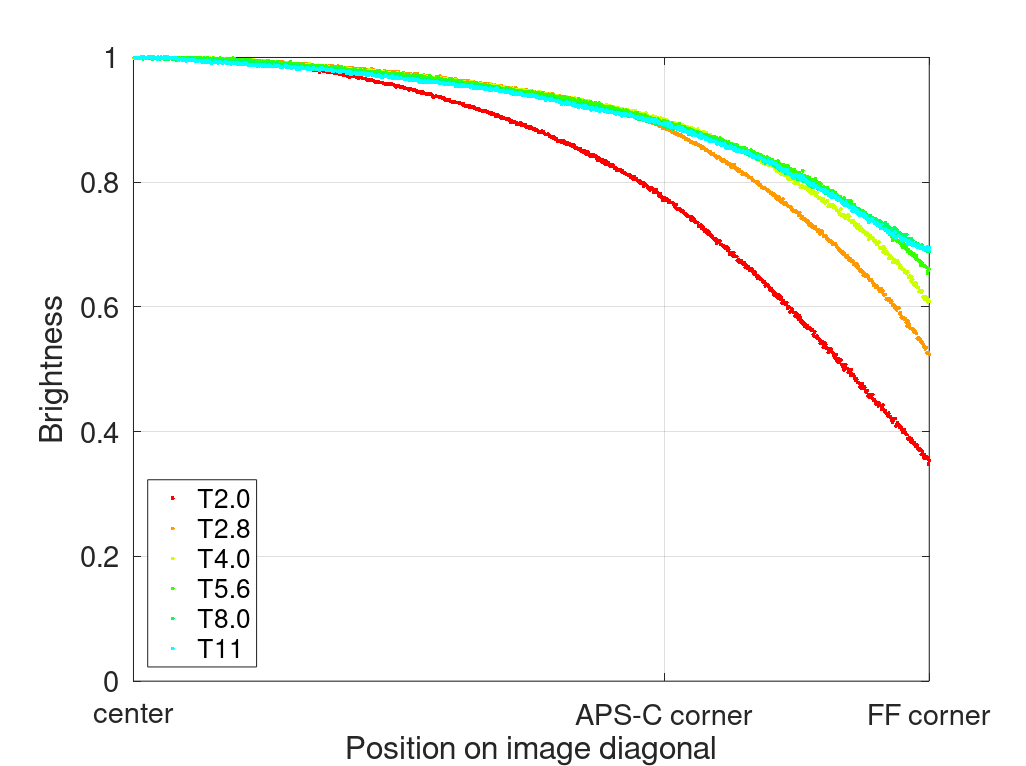
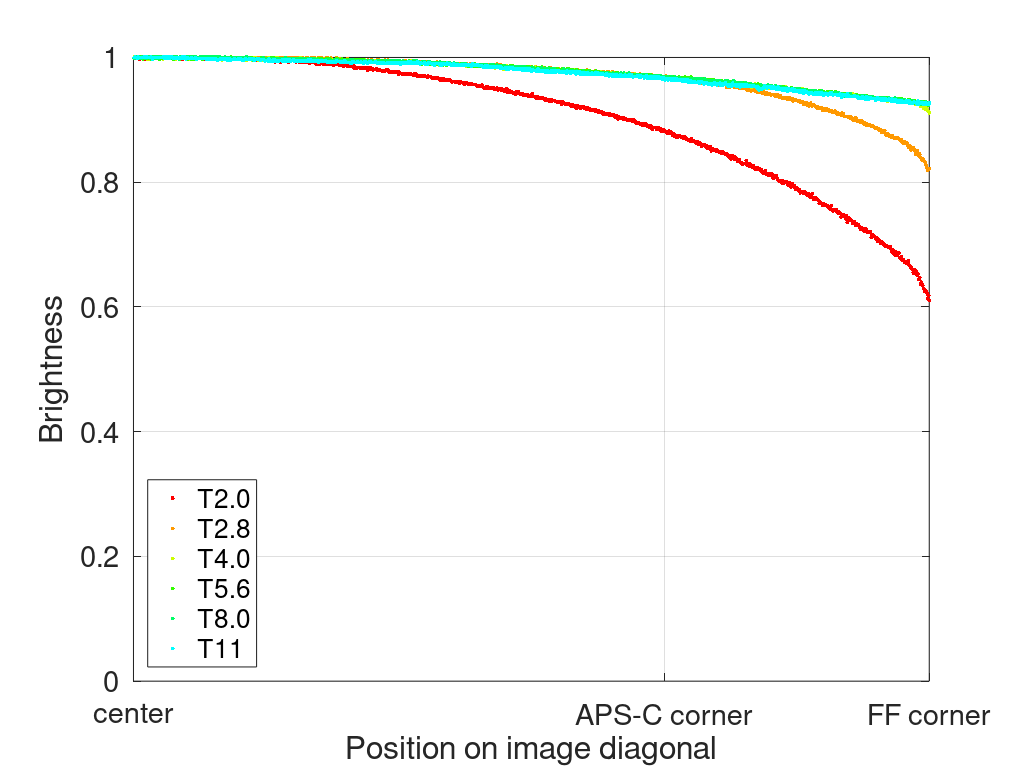
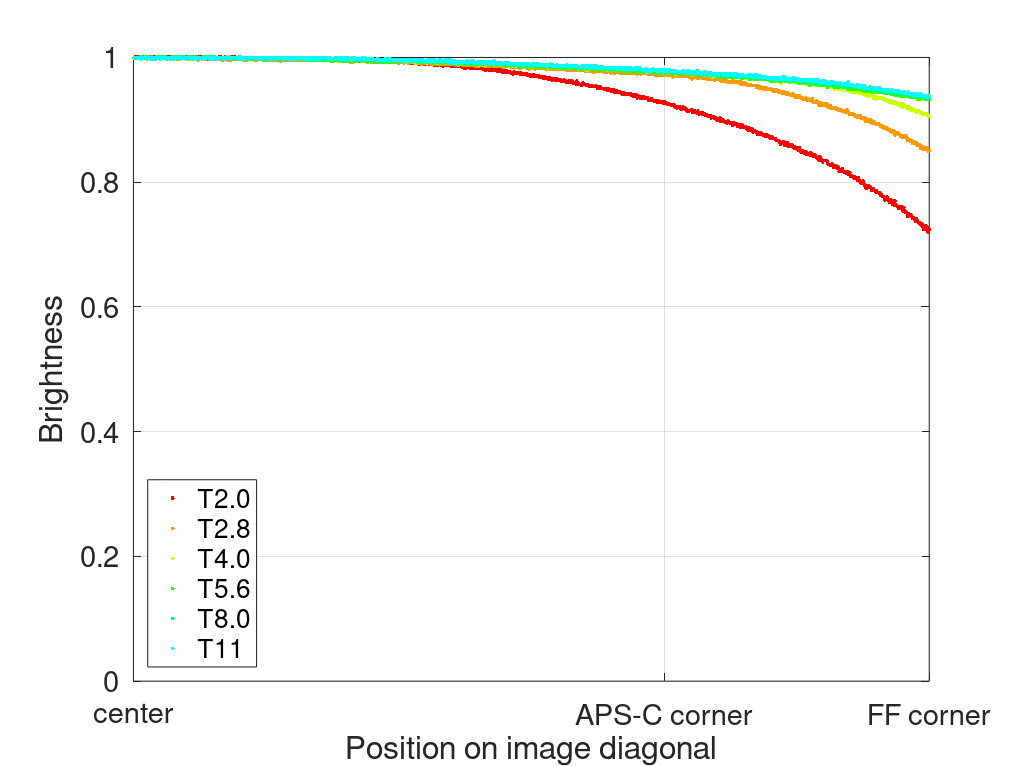






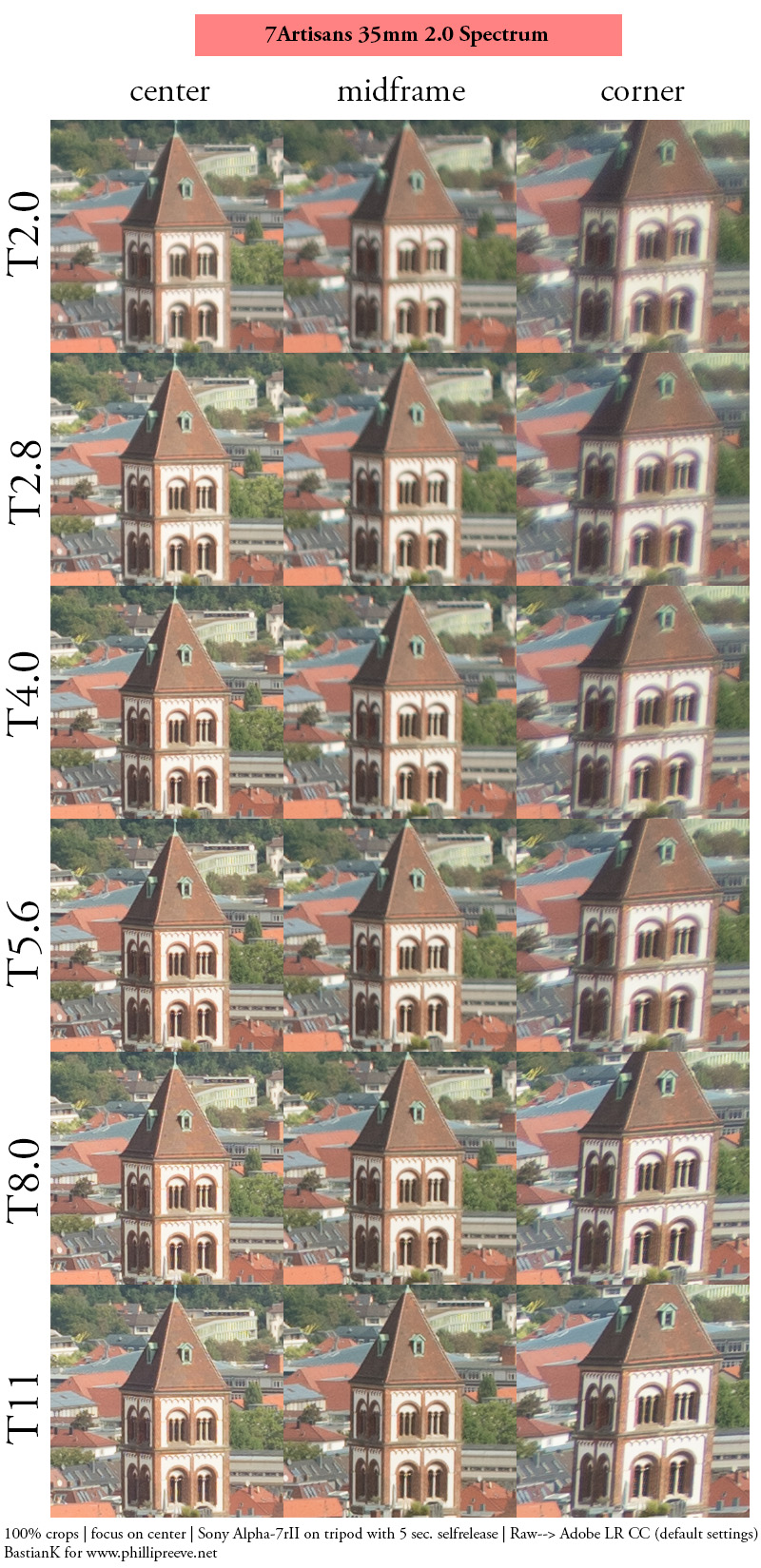
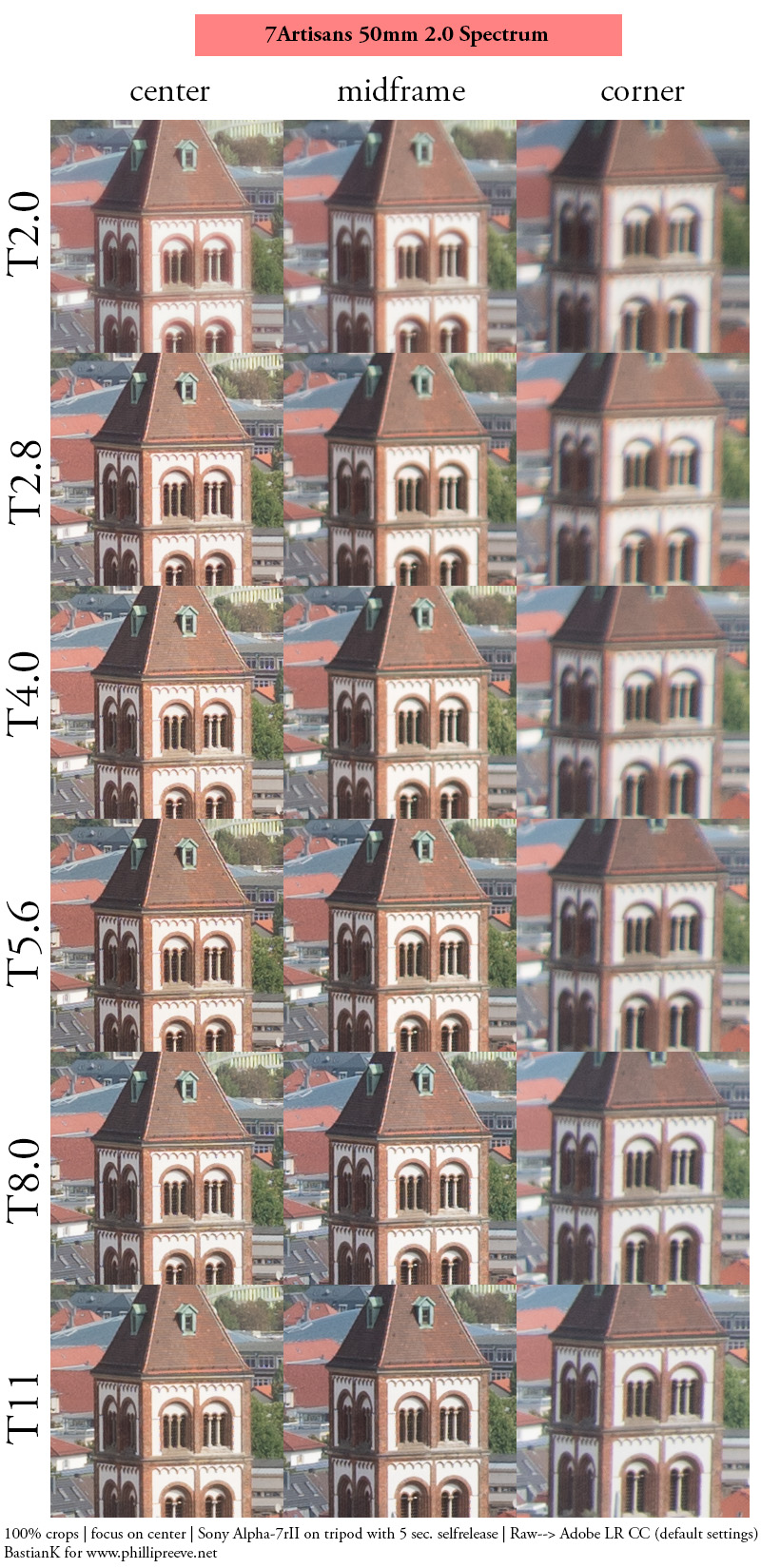
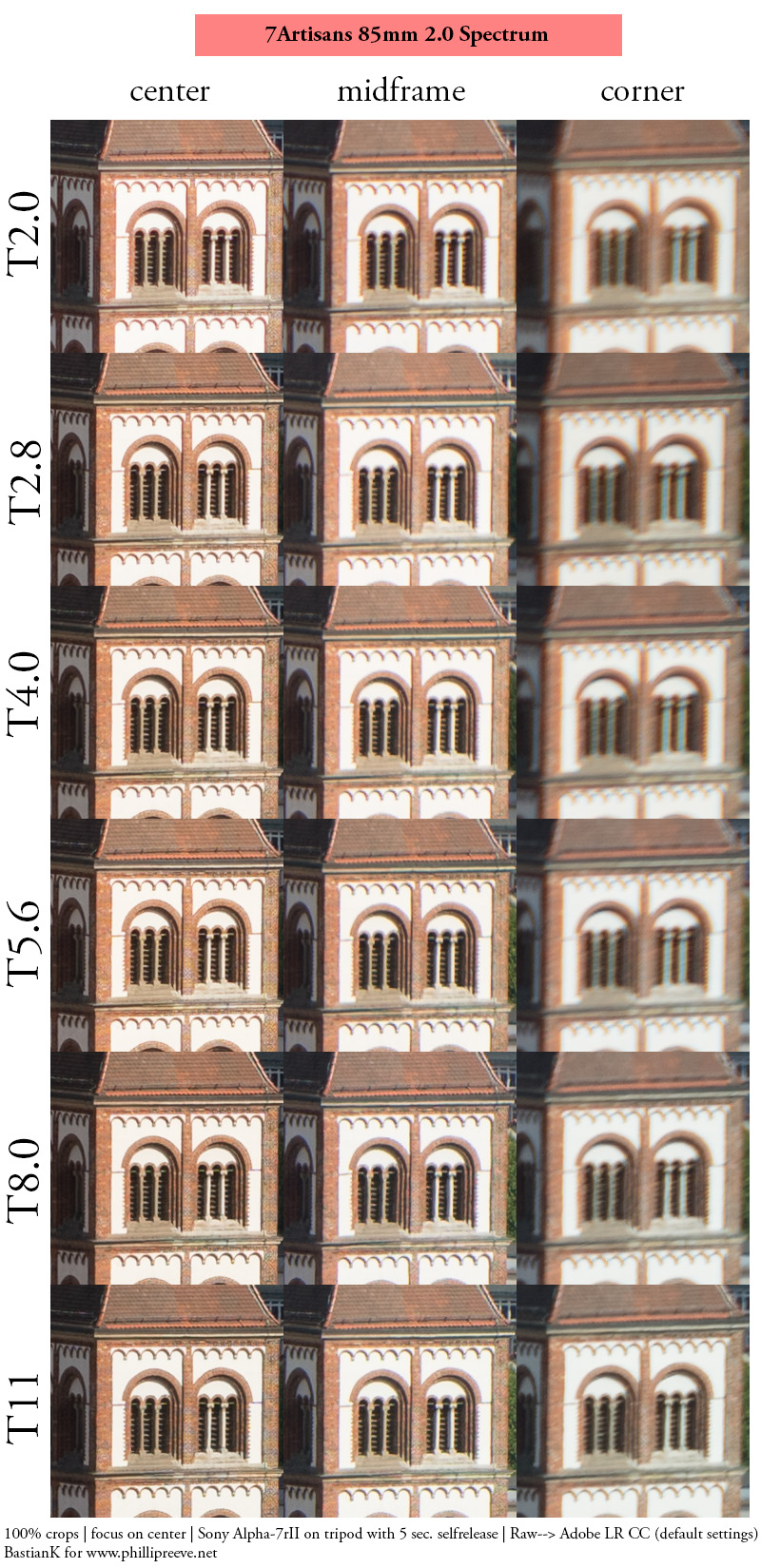



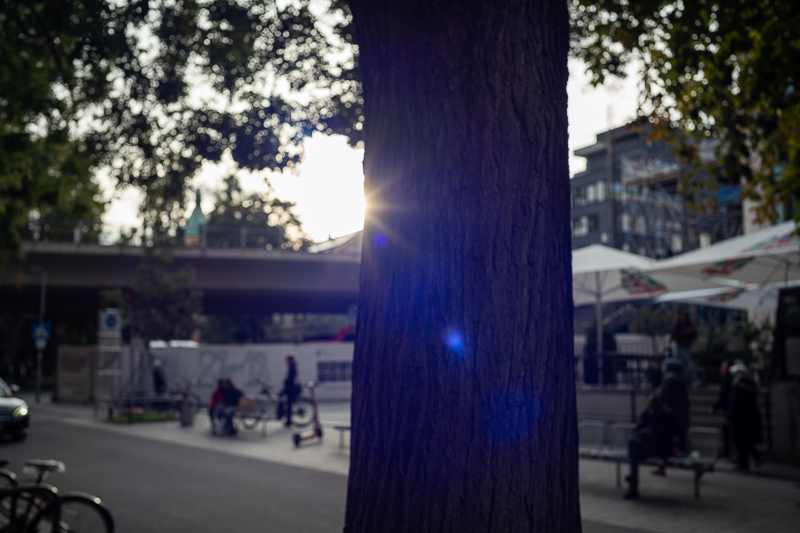
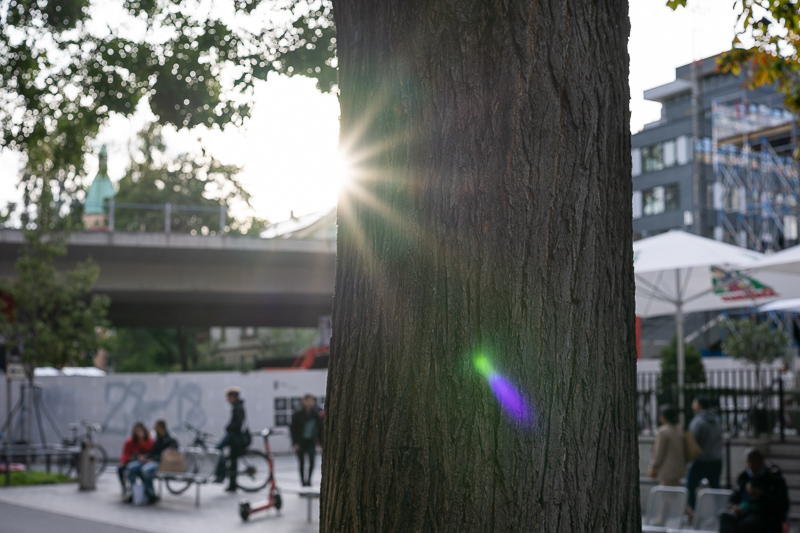


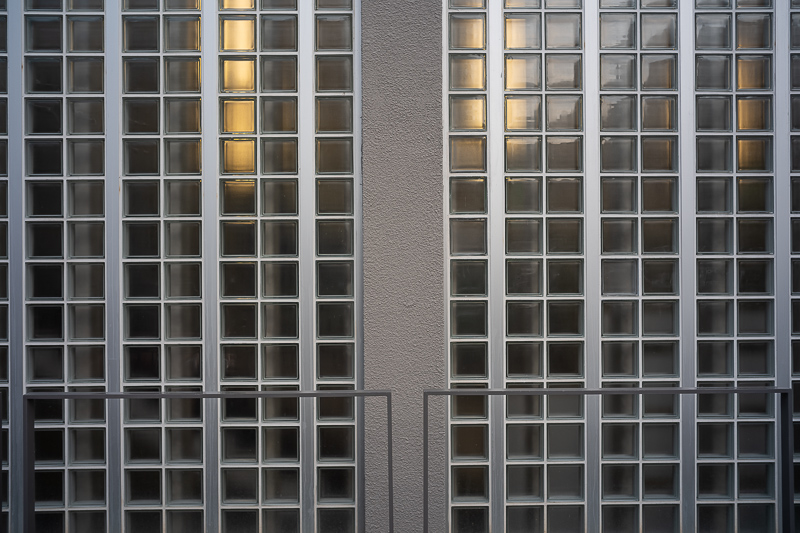
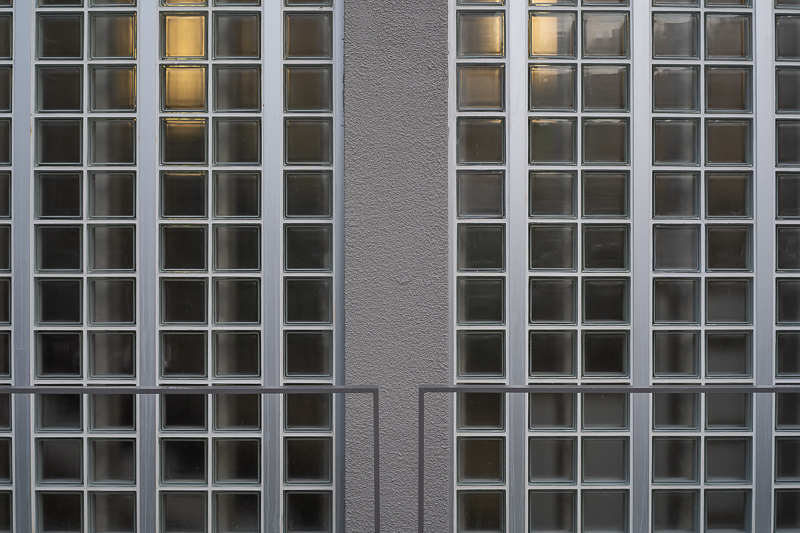
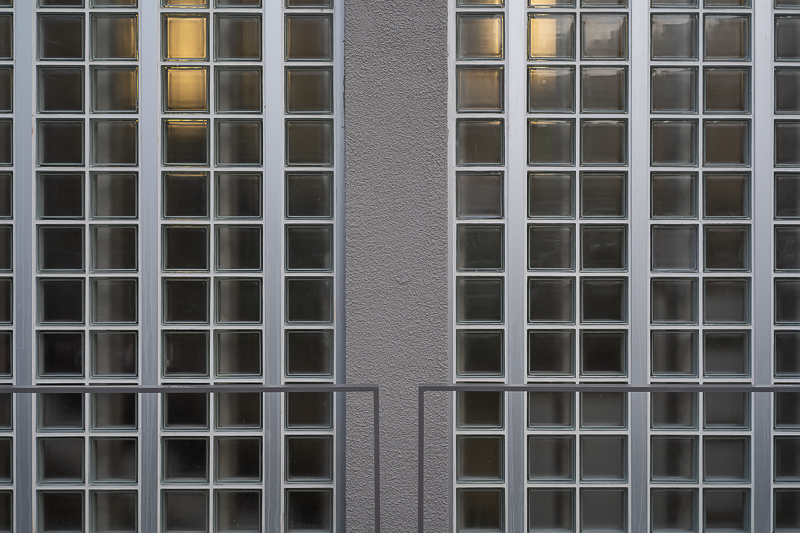
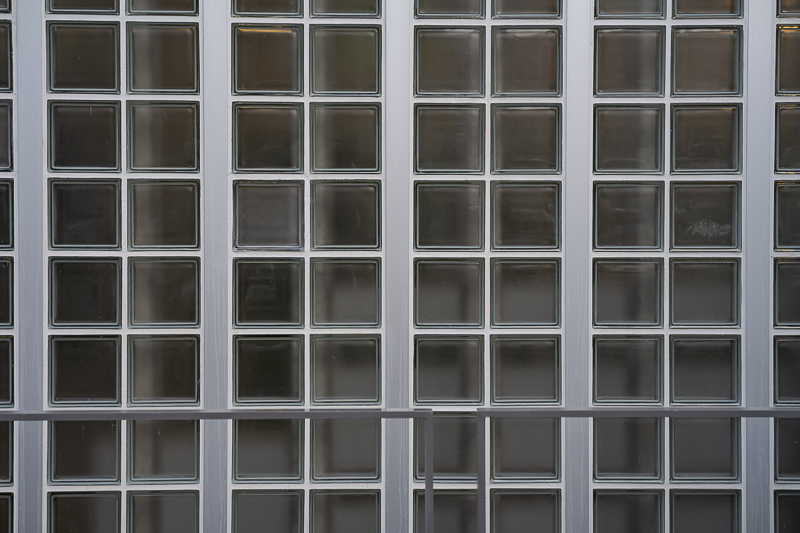
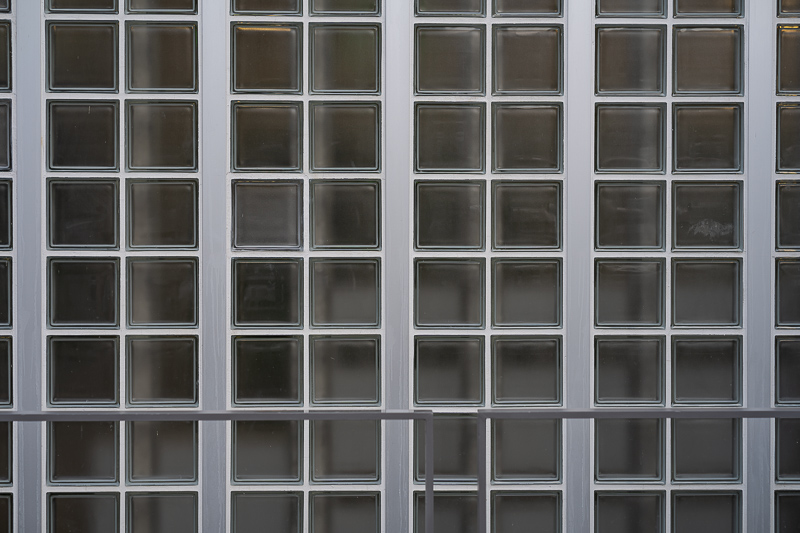
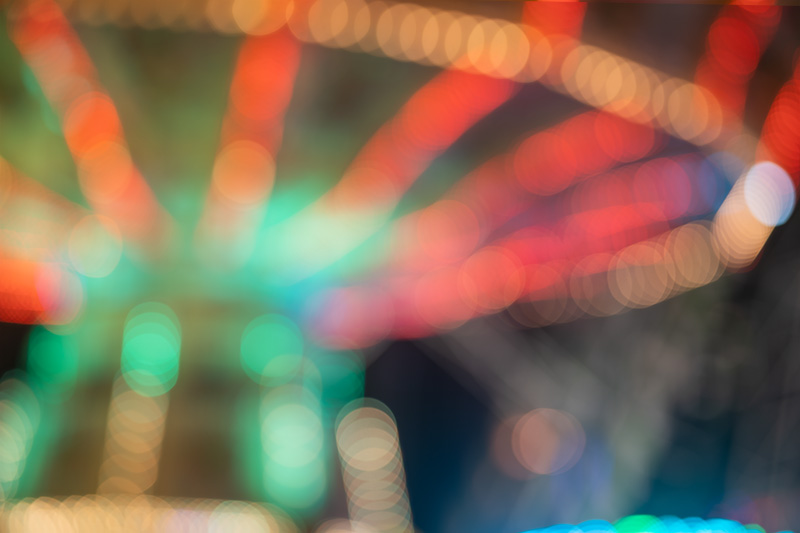
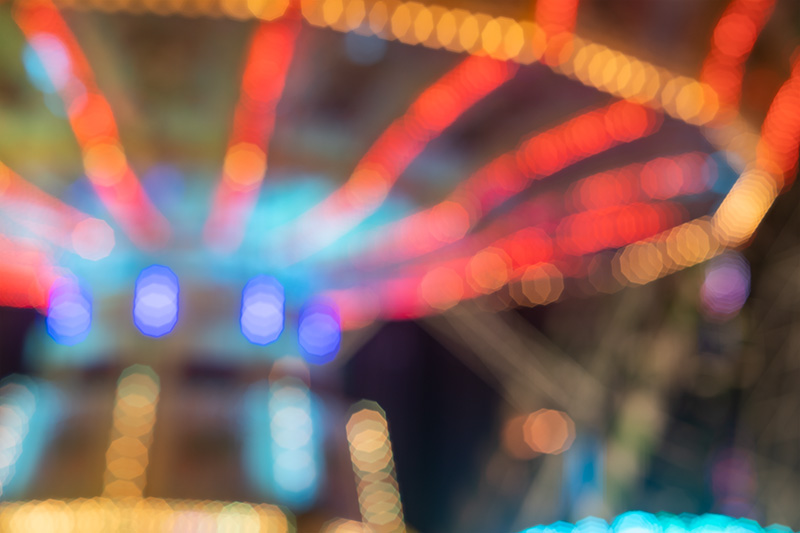
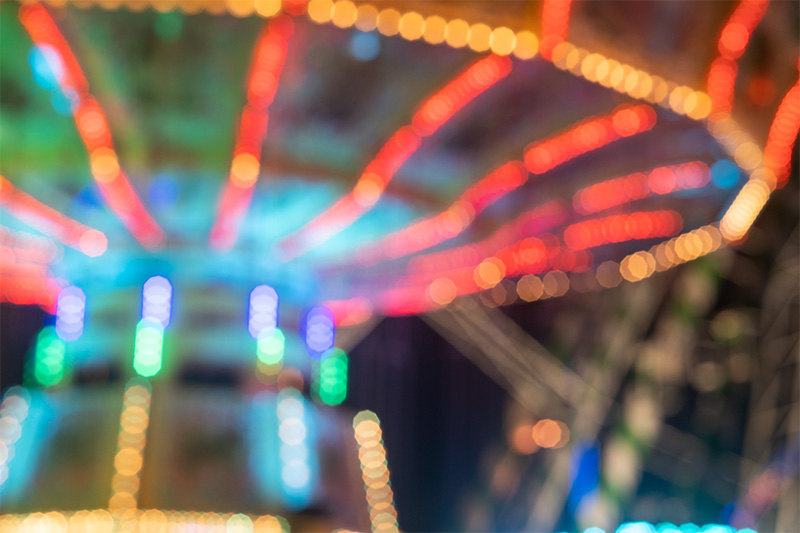
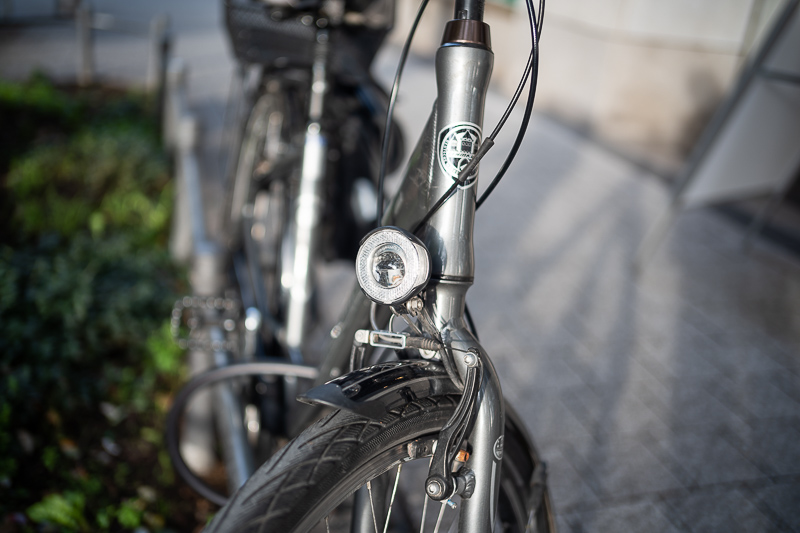
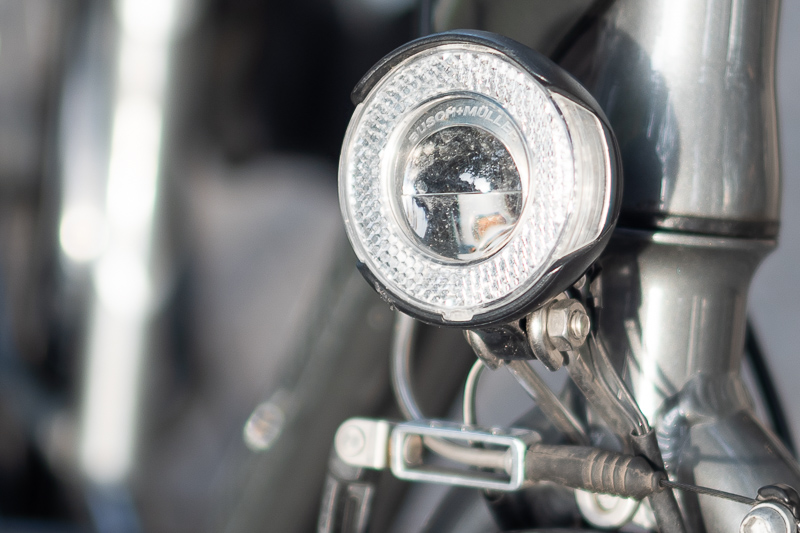
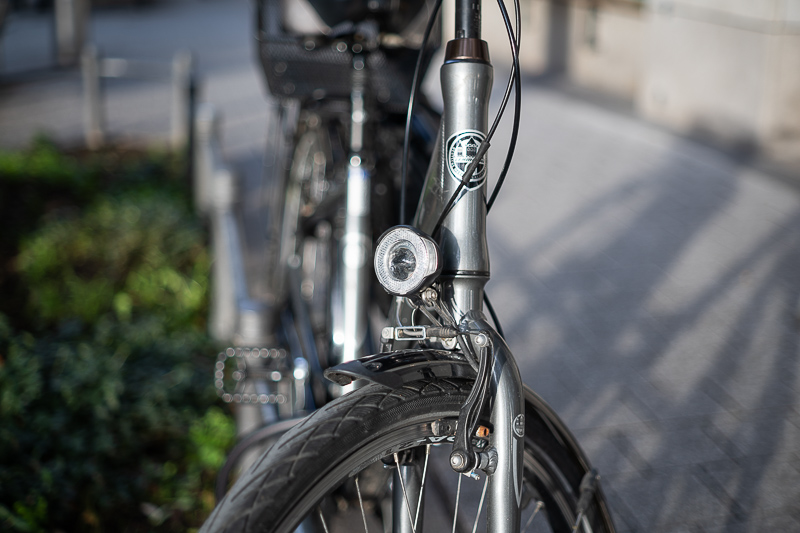
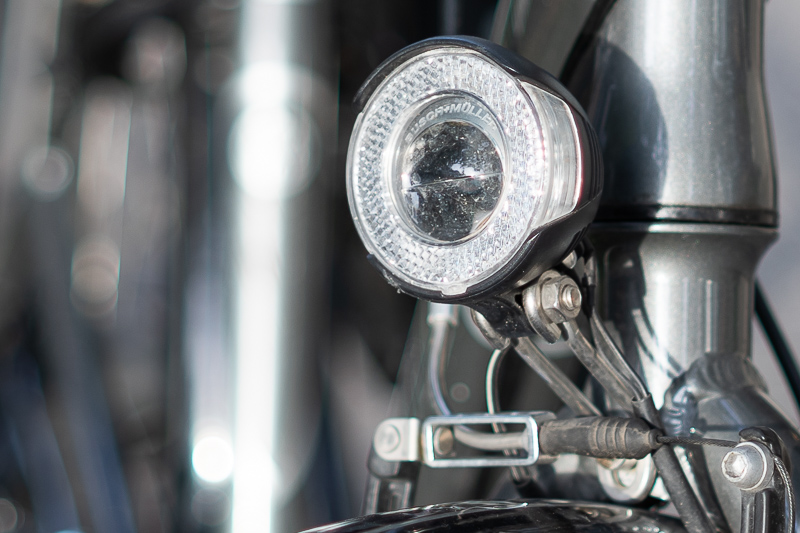

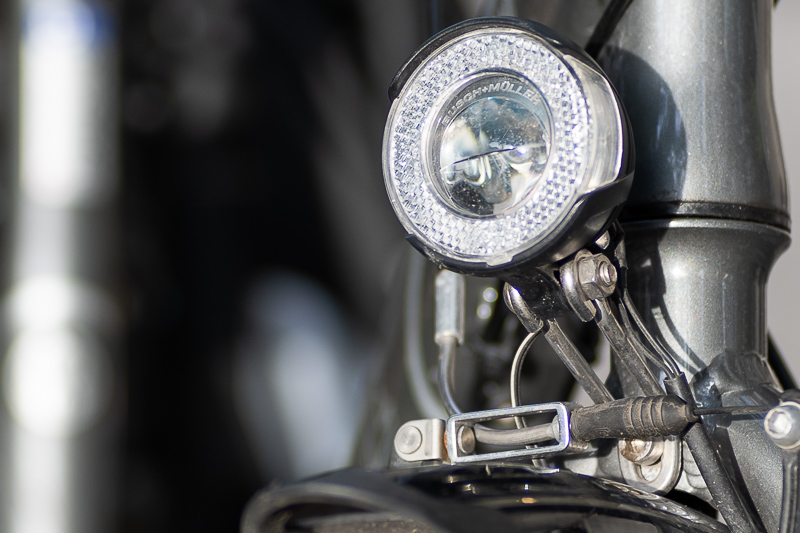
The focus breathing will be a dealbreaker to many videographers/cinematographers; you don’t want the image to zoom in or out while you’re pulling focus. The lack of consistency across the set is bad enough, but the focus breathing is almost inexcusable in cinema lenses (Sigma seems to have gotten away with it, though; their cine lenses are popular in some quarters and at least the early models were simply rehoused photography lenses).
I completely agree with this. With the focus breathing, color inconsistency, and straight aperture blades on the 35mm and 85mm, I’d say the only redeeming factors might be price and size. But, I honestly don’t think that’s enough to warrant a purchase. I’d rather buy the Rokinon SP kit used and mod them with focus gears and caps.
The idea that a lens is inexcusable when it breathes is rather new. Cooke S4s breathe, cooke panchros breathe, anjenieux breathes, zeiss ultra primes and cp2s breathe and they are all favorites of really prestigious cinematographers. So even though it is a thing and the absolute best brands have now adressed this for the most part its still something most high end sets have. The same sets that are sought after because of their look. This idea that a lens should be absolutely perfect is recent.
I think the main issue these days is the jittery behaviour some of the later lenses show when in AF mode.
This is of course not something that is an issue with those dedicated cine primes.
This review surprises me: Rokinon has the “cheap primes in cine housings” pretty well in hand with their Cine DS/DSX series; I would expect someone entering that market to be focused on making a product that’s clearly better than that established competition.